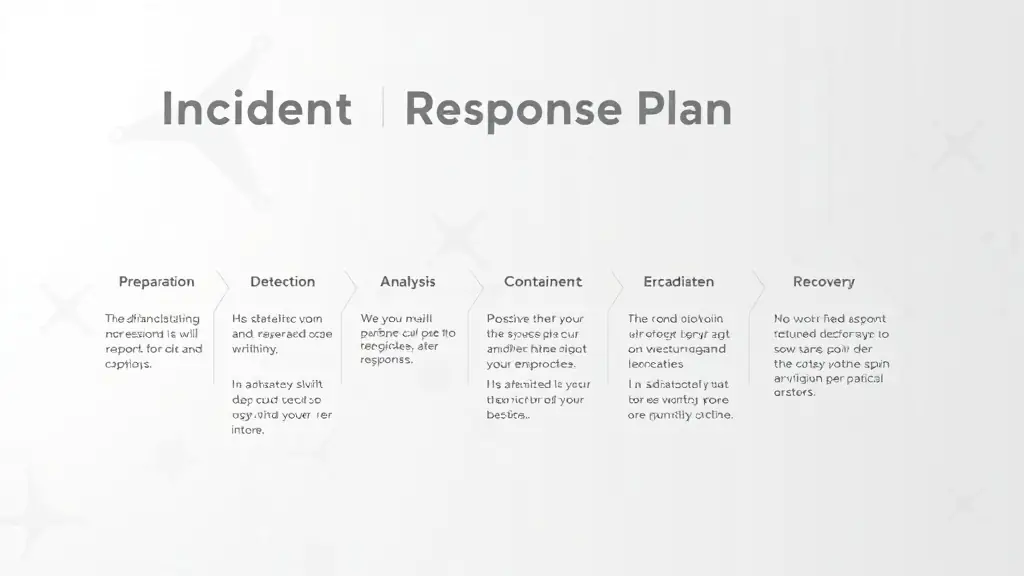In the realm of cyber security, having a well-defined incident response plan is crucial for organizations of all sizes. This plan outlines the steps to take when a security breach occurs, ensuring that the response is swift and effective. Without a proper plan in place, organizations may struggle to contain the damage, leading to prolonged downtime and financial losses. This article delves into the key components of an effective incident response plan and its significance in today’s threat landscape.
An incident response plan typically includes preparation, detection, analysis, containment, eradication, and recovery phases. Each phase plays a vital role in managing a cyber incident and minimizing its impact. For instance, preparation involves training staff and establishing communication protocols, while detection focuses on identifying potential threats in real-time. By following these structured phases, organizations can respond to incidents more efficiently and effectively.
Moreover, regular testing and updating of the incident response plan are essential to ensure its effectiveness. As cyber threats evolve, so should the strategies employed to combat them. Conducting simulations and tabletop exercises can help identify gaps in the plan and provide opportunities for improvement. Ultimately, a robust incident response plan not only protects an organization’s assets but also enhances its reputation and trustworthiness in the eyes of clients and stakeholders.



